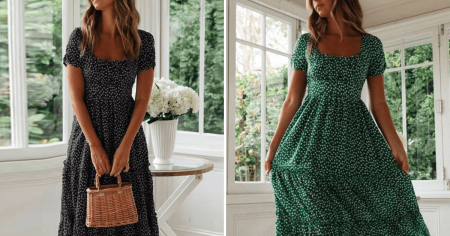Jennifer Aniston and Sandra Bullock have been close friends since the mid-90s and have supported each other through various personal challenges. They were recently spotted bonding at a theater in New York City, where they watched their friend Sarah Paulson perform in a play. The two actresses were described as being inseparable throughout the evening, laughing and chatting together. Their friendship has grown stronger in recent years, with both women showing love and respect for each other. Bullock has been a supportive shoulder for Aniston during her divorces, while Aniston has been there for Bullock after the loss of her partner Bryan Randall.
Aniston and Bullock first met through mutual ex-boyfriend Tate Donovan in the 1990s and bonded over shared experiences and similar personalities. They detailed their relationship history in an Interview magazine cover story, recalling fond memories of hanging out together at a friend’s wedding. The actresses connected on a deeper level, with Bullock praising Aniston’s home and life as safe, emotional, and joyous. They have expressed their support for the movement of women supporting women and have celebrated milestones together, such as birthdays and holidays.
Despite being successful actresses in Hollywood, Aniston and Bullock have chosen to be each other’s biggest cheerleaders rather than rivals. They have navigated tricky situations where they were up for the same roles but realized the benefits of supporting each other instead. Both women have successful production companies and business instincts, with multi-decade career trajectories and a shared love of architecture and design. Aniston is known for hosting dinner parties at her Bel-Air mansion, while Bullock prefers a quieter life in Texas with her kids.
After the passing of Bryan Randall, Sandra Bullock leaned on Jennifer Aniston for support, and the two have remained close during challenging times. Bullock’s sister recently shared that she had spread Randall’s ashes in Wyoming, and the actress is still grieving but starting to see brighter days ahead. She recently enjoyed a girls’ trip to NYC with Aniston and is gearing up to return to work, looking for the next project that speaks to her. Despite the distance between them and their different lifestyles, Aniston remains plugged into Bullock’s world and offers support and friendship when needed.
The bond between Aniston and Bullock is genuine and strong, rooted in mutual respect and understanding. They have overcome obstacles and challenges to maintain a supportive friendship over the years. Both women have successful careers and share a love for their families and personal lives. As they continue to navigate the entertainment industry and personal challenges, they lean on each other for support and encouragement. Aniston and Bullock’s friendship serves as an example of how women in Hollywood can uplift and empower each other rather than compete. Their bond continues to grow as they face new chapters in their lives with resilience and grace.
















